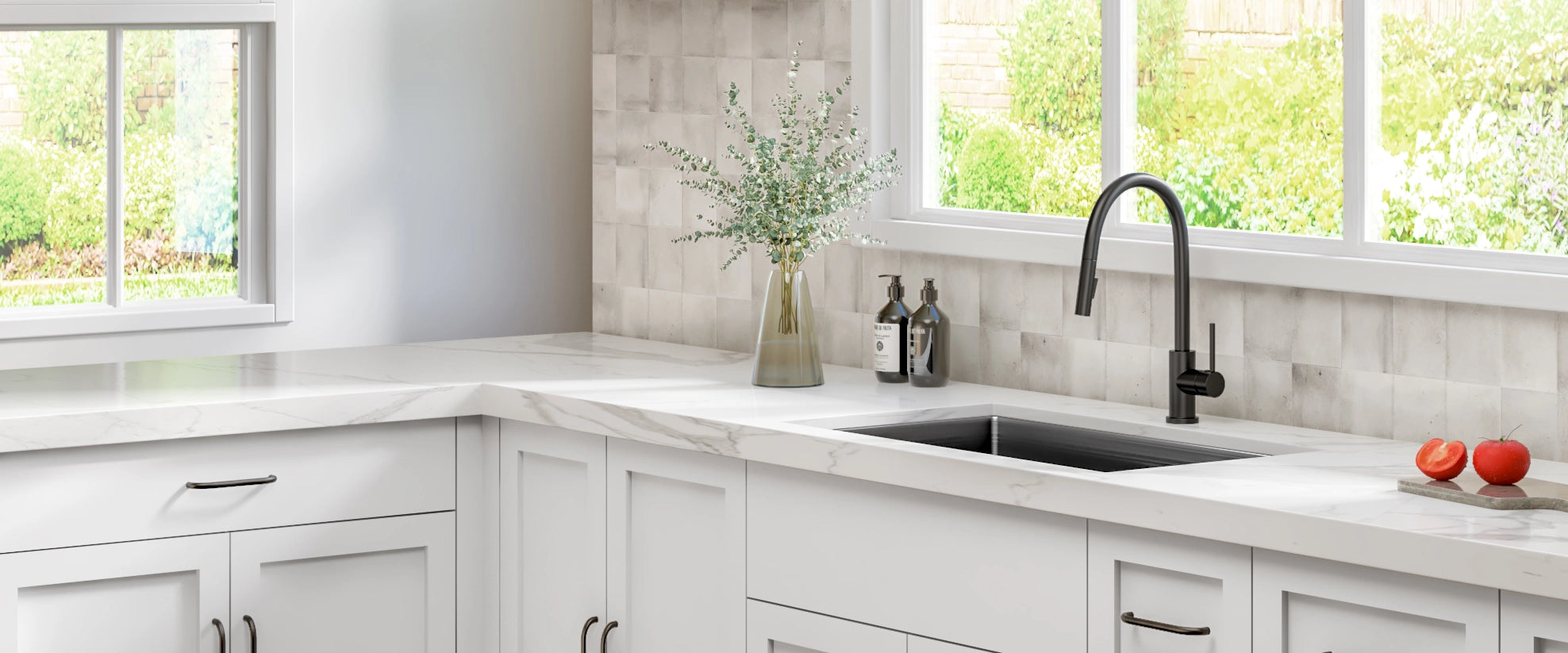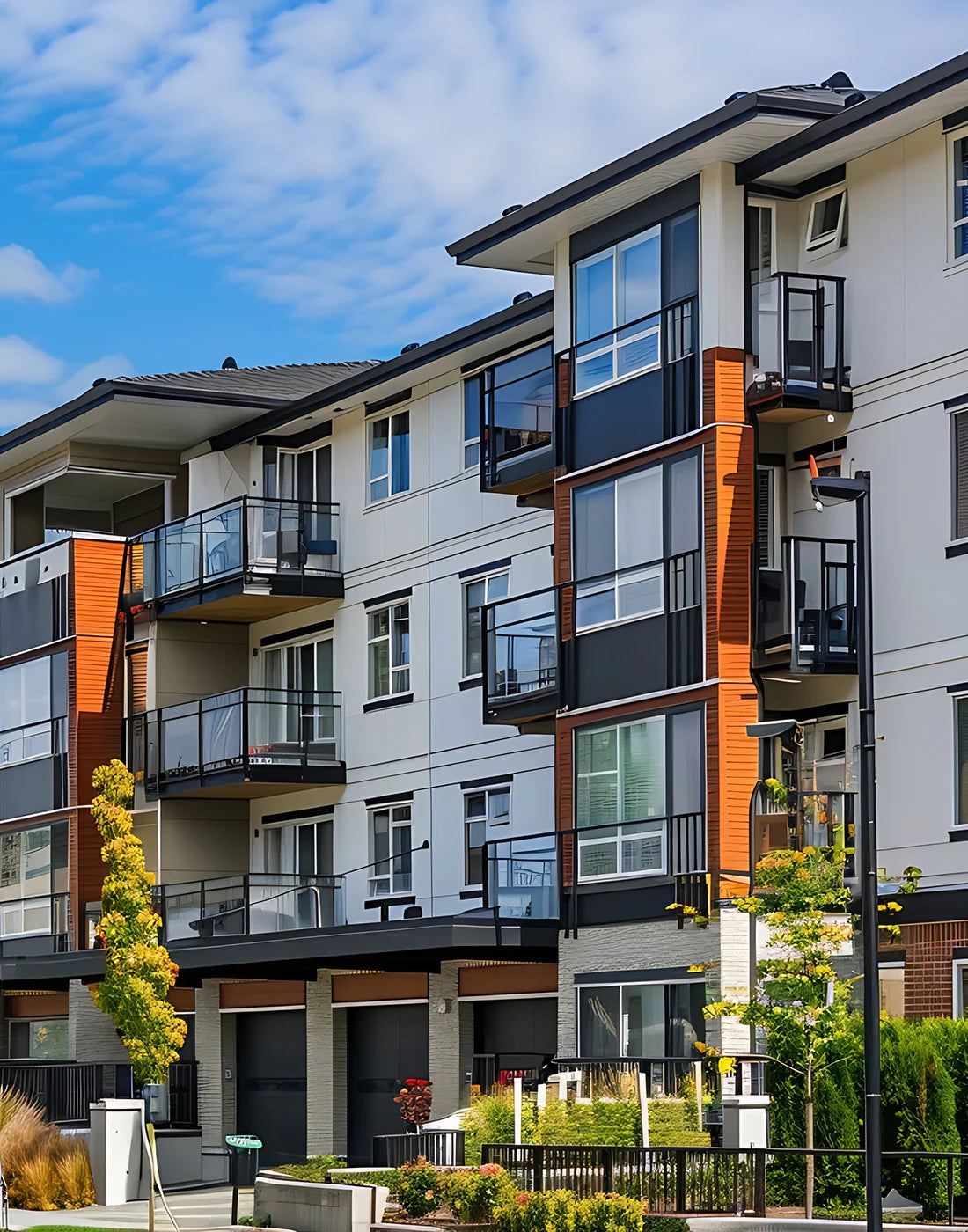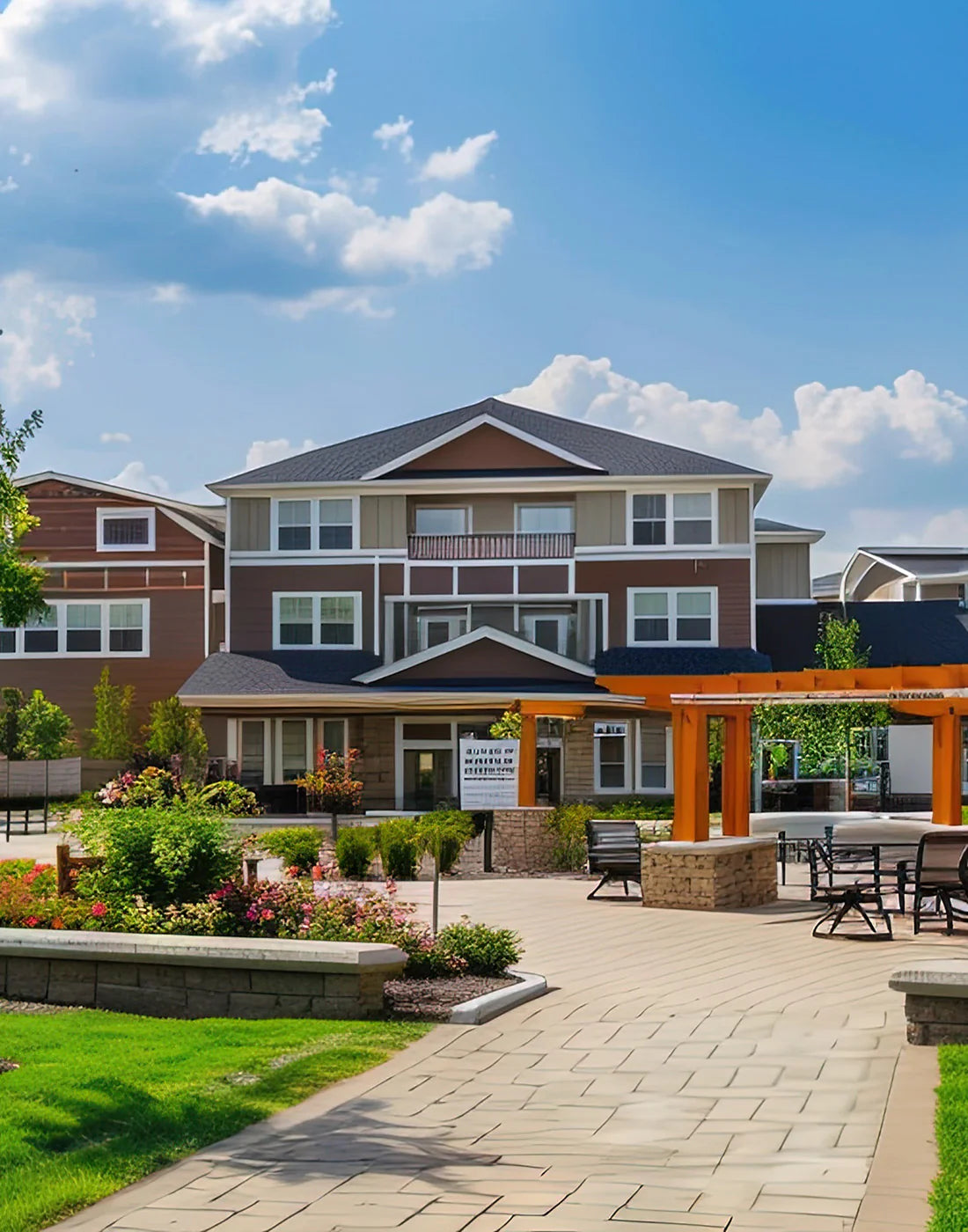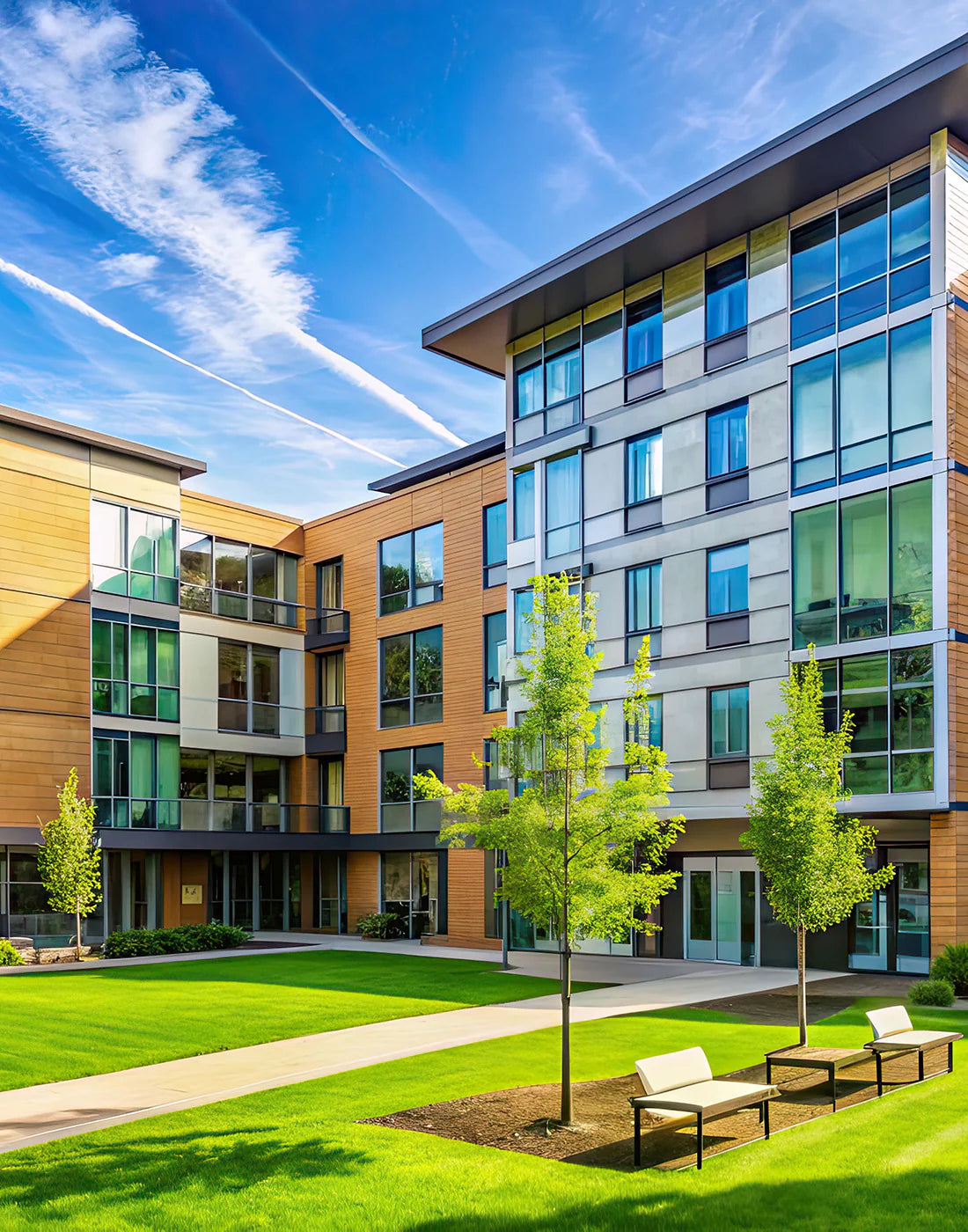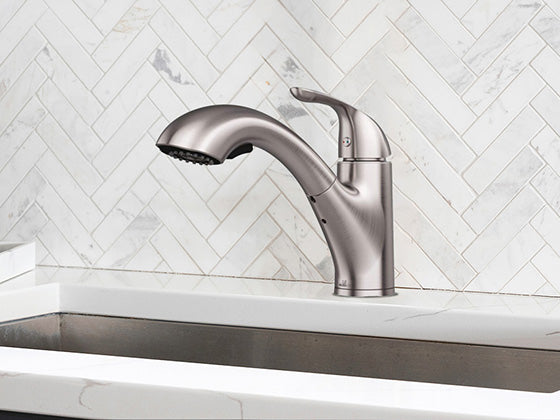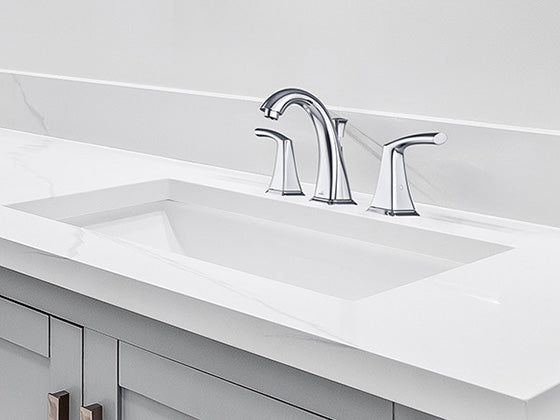ADA bathroom sinks are designed to provide access to individuals with disabilities or limited mobility. These sinks are essential in public restrooms, hospitals, and other facilities catering to diverse users. However, despite their importance, many overlook common problems associated with ADA bathroom sinks. These issues can cause inconvenience, discomfort, and even user accidents, from inadequate clearance to improper installation. In this blog, we’ll explore some of the most commonly overlooked problems with ADA bathroom sinks. We will also discuss practical solutions to help ensure that these sinks are accessible, safe, and user-friendly for all.
4 Commonly overlooked problems with ADA bathroom sinks
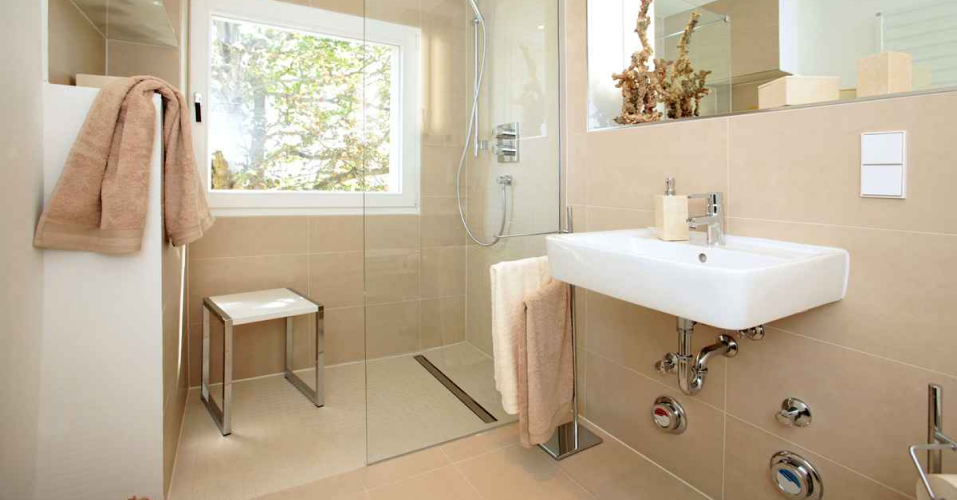
4 Commonly overlooked problems with ADA bathroom sinks – Allora USA
1. Inadequate Clearance
One of the most common problems with ADA bathroom sinks is the lack of adequate clearance space underneath the sink. The ADA guidelines require a clear space of at least 27 inches from the floor to the bottom of the sink. It allows wheelchair users to use the sink comfortably. However, many sinks are installed too high. And it makes it difficult for wheelchair users to reach the faucet or wash their hands.
Solution: To ensure adequate clearance, it is essential to hire a licensed contractor to install the sink according to the ADA guidelines. A licensed contractor will ensure that the sink installation is at the appropriate height and that there is enough clearance space underneath the sink.
2. Insufficient Knee Clearance
Another common problem with ADA bathroom sinks is insufficient knee clearance. The ADA guidelines require a minimum knee clearance of 27 inches high, 30 inches wide, and 11 to 25 inches deep underneath the sink to accommodate wheelchair users. However, many sinks are installed too close to the wall or have cabinets underneath. As a result, it becomes impossible for wheelchair users to fit their knees underneath.
Solution: To ensure sufficient knee clearance, it is essential to select a sink that is explicitly designed for ADA compliance and has a pedestal or wall-mounted option that provides enough space for wheelchair users to fit their knees comfortably underneath.
3. Improper Installation
Improper installation is another common problem with ADA bathroom sinks. Incorrectly installed sinks can be unsafe and inaccessible for users. This can include improper anchoring, incorrect placement, or failure to follow ADA guidelines.
Solution: To avoid improper installation, hiring a licensed contractor familiar with the ADA guidelines and with experience installing ADA bathroom sinks is essential. A licensed contractor will ensure that the sink is installed correctly and that all ADA guidelines are followed.
4. Insufficient Space
Another common problem with ADA bathroom sinks is insufficient space around the sink. The ADA guidelines require a clear space of at least 30 by 48 inches in front of the sink. It allows to accommodate wheelchair users. However, many sinks are installed too close to other fixtures, such as toilets or partitions, making it challenging for wheelchair users to access the sink.
Solution: To ensure sufficient space around the sink, it is essential to carefully plan the bathroom layout and select a sink that fits within the available space. A licensed contractor can help to design a layout that provides adequate space for wheelchair users to access the sink.
Conclusion
ADA bathroom sinks are essential for providing accessibility and comfort to people with disabilities. However, many people overlook common problems associated with these sinks, such as incorrect height, insufficient knee clearance, and inadequate space for wheelchair users. It is crucial to address these issues when installing or renovating an ADA-compliant bathroom sink to ensure that everyone can use it comfortably and safely. By paying attention to these commonly overlooked problems, we can create more accessible and inclusive spaces for people of all abilities.
For more such posts, stay tuned to our blogs.




